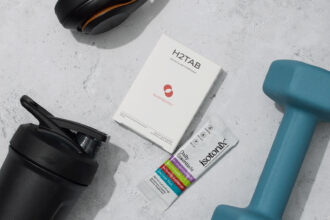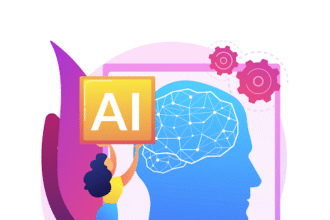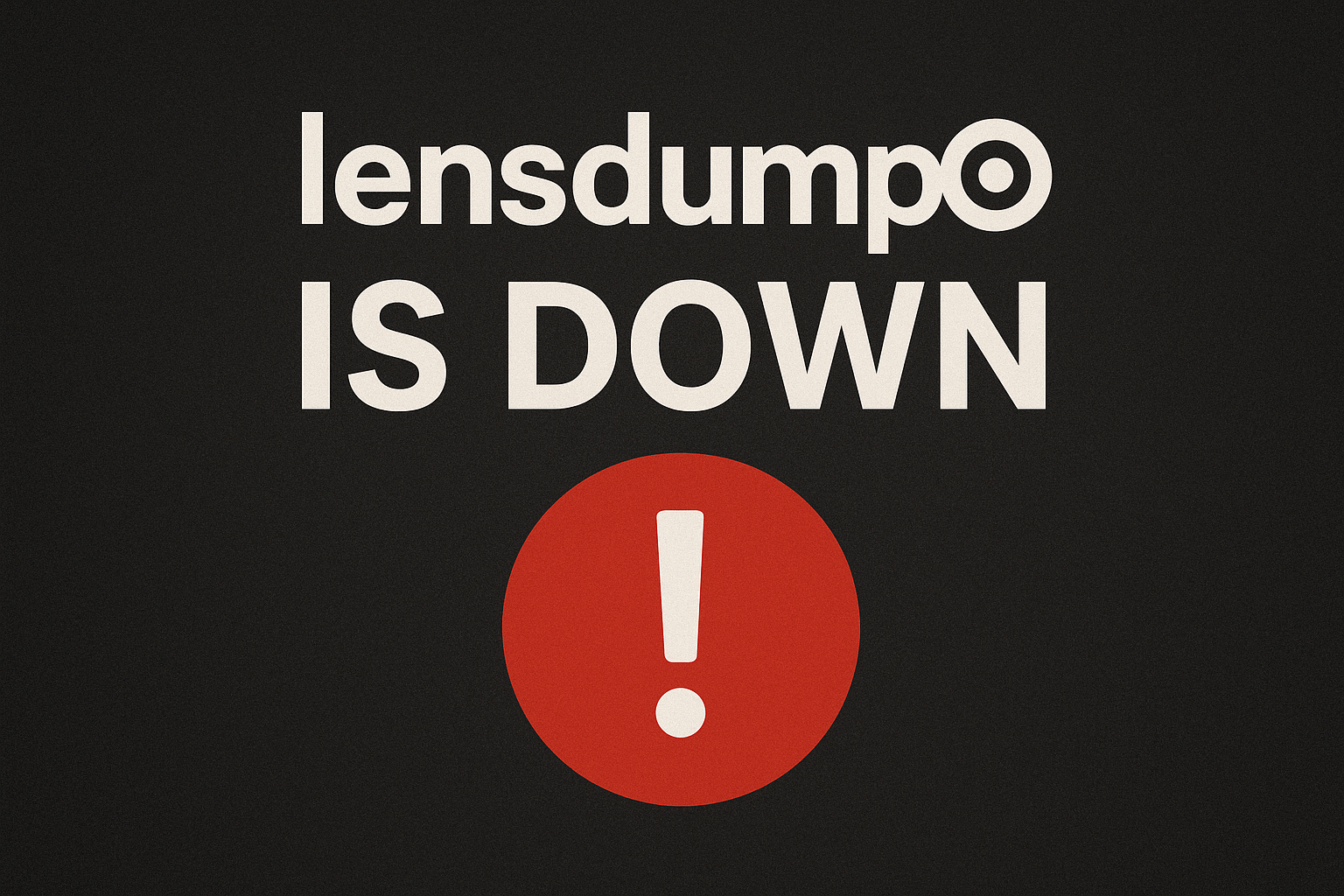In today’s fast-paced digital world, managing mobile applications efficiently is key to a smooth user experience. One term that frequently pops up in discussions around Android apps is “content cz mobilesoft appblock fileprovider cache blank html.” This might sound daunting at first, but understanding it can unlock the secrets to optimizing your device’s performance. Whether you’re dealing with pesky glitches or simply want to know more about app caching mechanisms, this guide will walk you through everything you need to know. Get ready to dive into a realm where technology meets simplicity!
Understanding content cz mobilesoft appblock fileprovider cache blank html
“Content cz mobilesoft appblock fileprovider cache blank html” refers to a specific function within Android applications. At its core, it involves the way apps manage and store data temporarily on your device.
The term “FileProvider” is particularly significant here. It allows secure sharing of files between different applications while respecting user privacy. However, when issues arise with this system, such as rendering blank HTML pages, it can lead to frustrating experiences.
Understanding how these components interact helps users troubleshoot problems effectively. When an app generates a cached version that doesn’t load properly, knowing what’s happening behind the scenes becomes crucial for resolution.
By exploring these intricacies further, you empower yourself with knowledge that transforms potential frustrations into manageable tasks. The landscape of mobile application management unfolds new opportunities for efficiency and performance enhancement along the way.
The Importance of Content content cz mobilesoft appblock fileprovider cache blank html
Understanding the importance of content cz mobilesoft appblock fileprovider cache blank html is crucial for any Android user. A cluttered cache can lead to performance issues, affecting how apps run on your device.
When using applications like AppBlock, the FileProvider plays a key role in managing shared files securely. If the cached data becomes too large or corrupted, it can result in blank screens or unresponsive features.
Regularly monitoring and clearing this cache helps maintain optimal app functionality. This proactive approach not only enhances user experience but also ensures that essential updates are received without hindrance.
Staying informed about how caching works within these apps empowers users to make better choices regarding their mobile management. It’s all about ensuring your device runs smoothly while maximizing the benefits of useful applications.
How to Clear the FileProvider Cache on Your Android Device
Clearing the FileProvider cache on your Android device can enhance performance and resolve glitches. Start by heading to your device’s settings.
Look for “Apps” or “Application Manager.” This is where you’ll find all installed applications. Scroll through the list until you locate AppBlock or any relevant app utilizing FileProvider functionality.
Tap on the app, then select “Storage.” Here, you’ll see options related to cached data. Hit “Clear Cache” to delete temporary files that may be causing issues.
If you’re still experiencing problems after clearing the cache, consider clearing data too. Just note that this will reset app preferences and configurations, so proceed with caution.
After cleaning up, restart your device for optimal results. This simple process often resolves many common issues linked with cache bloat and file access errors in apps using Content cz Mobilesoft functionalities.
Common Issues with AppBlock FileProvider Cache and How to Fix Them
Users often encounter a few common issues with AppBlock’s FileProvider cache. One frequent problem is the blank HTML display. This can make it frustrating to navigate and use the app effectively.
Another issue arises when cached data becomes corrupted, leading to sluggish performance or crashes. These glitches not only disrupt usage but also hinder productivity.
To fix these problems, start by clearing the cache through your device’s settings. Navigate to Settings > Apps > AppBlock and select “Clear Cache.”
If that doesn’t work, consider uninstalling and reinstalling the app. This can refresh all necessary files and restore functionality.
For persistent issues, checking for updates might be beneficial as developers regularly release patches to enhance performance and resolve bugs.
Alternative Solutions for Managing App Caching on Your Mobile Device
Managing app caching on your mobile device doesn’t have to be a hassle. There are several alternative solutions that can help you keep things running smoothly.
First, consider using third-party cache cleaner apps. These tools automatically identify and remove unnecessary files, freeing up valuable storage space without manual effort.
Another option is to regularly clear your browser cache. Browsing data accumulates quickly, so making it a habit to clean this out can improve performance significantly.
You might also explore cloud storage solutions for media files. By offloading photos and videos into the cloud, you reduce local storage needs and minimize cache buildup in various apps.
Enable automatic updates for your applications. This ensures that you’re always using the most efficient version of an app, often with improved caching management features built in.
Best Practices for Maintaining a Clean and Efficient AppCache System
To maintain a clean and efficient AppCache system, start by regularly checking your app settings. Many apps provide options to clear cache directly within their settings. This can help free up space and improve performance.
Next, consider using built-in features on your device. Most Android systems allow you to manage storage efficiently. Take advantage of these tools to monitor your app usage and delete unnecessary data.
Another useful practice is uninstalling apps that you no longer use. Over time, unused applications accumulate cached files that can slow down your device.
Schedule periodic maintenance for your devices. Allocating time every few weeks for cleanup will keep everything running smoothly without significant effort or disruption in daily use.
Conclusion
Maintaining a clean and efficient app cache is crucial for optimizing your mobile device’s performance. Understanding the intricacies of content cz mobilesoft appblock fileprovider cache blank html can empower you to manage your applications better. By regularly clearing caches, troubleshooting common issues, and exploring alternative caching solutions, users can ensure their devices run smoothly.
Adopting best practices in managing app caches will not only enhance user experience but also prolong the life of your device. Keep these strategies in mind as you navigate the world of mobile apps and maintain an optimized environment for all your digital needs.

















